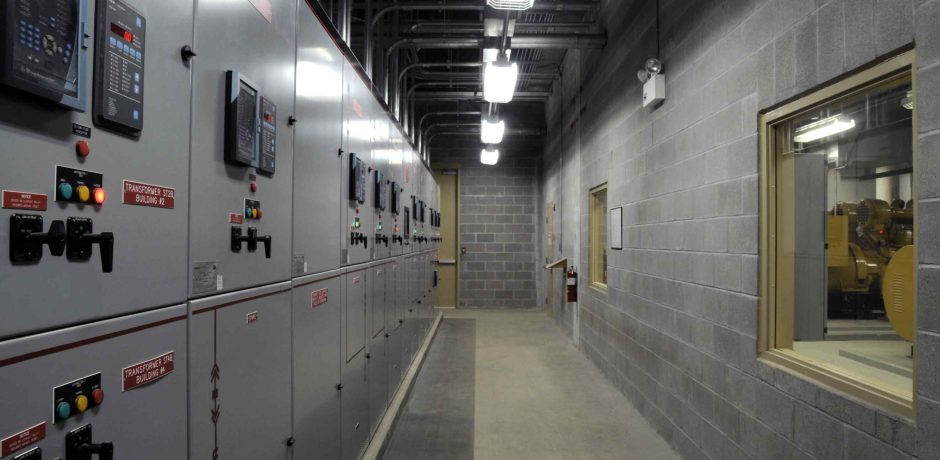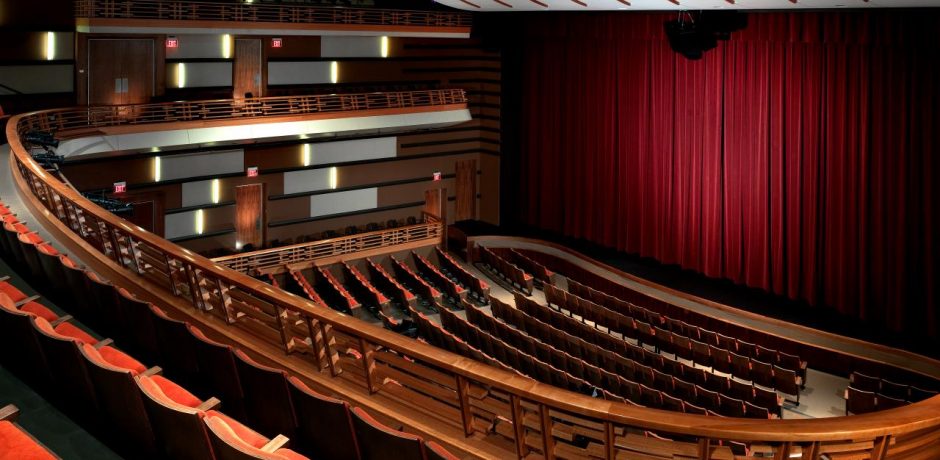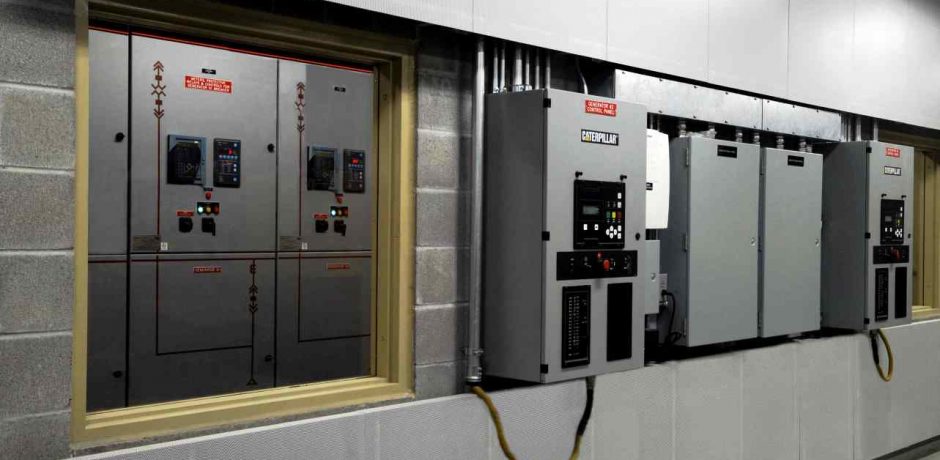Tag: Electrical Systems
If you are responsible for facility electrical operations, you may have heard of the recent updates to IEEE 1584 “IEEE Guide for Performing Arc-Flash Hazard Calculations.” The previous major edition of the standard was in 2002, and many changes have been made in the 2018 version.
more
To prevent the unintended utilization of extension cords and to eliminate daisy-chains of “power strips”, the 2017 version of the National Electrical Code (NEC) now provides guidelines for locations and quantities of receptacles provided in meeting rooms. Historically, the NEC has not dictated receptacle layouts for individual space types in non-residential construction.
Per the NEC, meeting rooms are typically designed or intended for the gathering of seated occupants for such purposes as conferences, deliberations, or similar purposes, where portable electronic equipment is likely to be used. The infographic below helps explain the receptacle and floor box layout process, but Article 210-71 in the 2017 NEC outlines the actual requirements.
Additionally, not all states have yet adopted the 2017 version of the NEC. Find out if the new requirements apply to you here. more
Performing arts facilities are extremely complex due to their multitude of uses and supporting systems that must all reside in one facility. Patrons, performers and those working behind the scenes have myriad needs. more
An electrical hazard analysis identifies dangers that are present in an electrical system. This starts at the building’s electrical service and continues through the electrical distribution system to the building loads, including panelboards, motors, safety switches, etc. This analysis should identify electrocution (shock) hazards, arc flash (burn) hazards and arc blast (pressure & shrapnel) hazards. more




